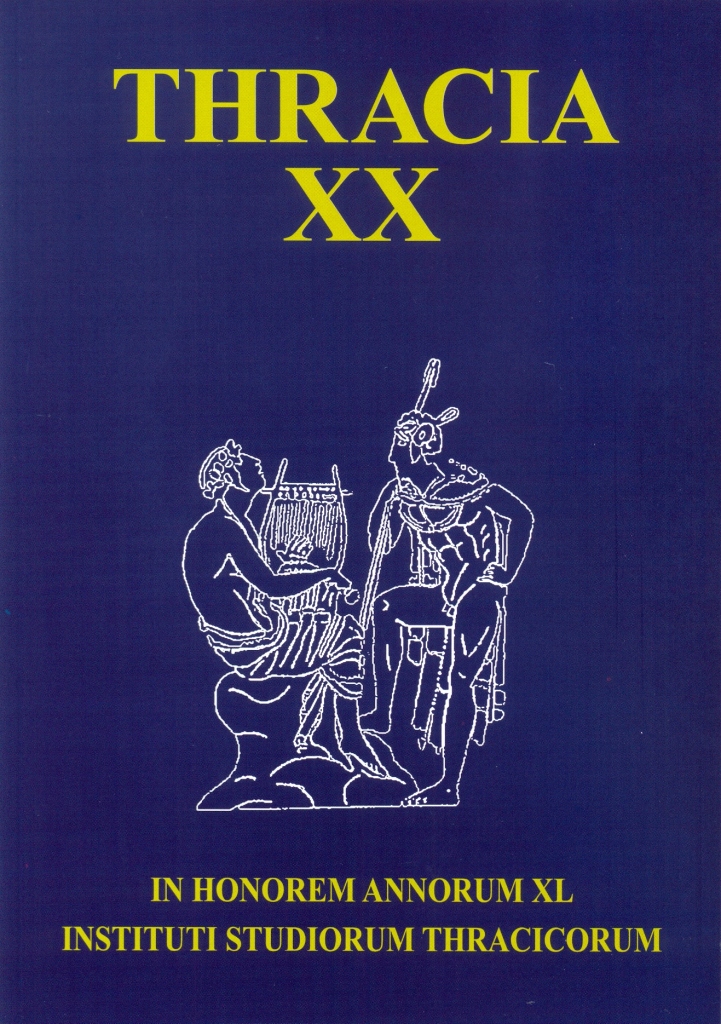Посветителен алтар на Херкулес от Абритус
Votive Altar of Hercules from Abritus
Author(s): Rumen IvanovSubject(s): History, Archaeology, Cultural history, Local History / Microhistory, Ancient World
Published by: Институт за балканистика с Център по тракология - Българска академия на науките
Summary/Abstract: A reused limestone sacrificial altar with a votive inscription (Fig. 1) was discovered during the survey of the late-antique city of Abritus, at the eastern part of the modern town of Razgrad. It was situated between the south-eastern tower with number 16 and the next one with number 17 of the fortified wall. The inscription was dated by prof. Teofil Ivanov to AD 200. It was written in Latin, divided into six lines. The dedicator was a priest bearing a Greek cognomen and the nomen Aelius. This nomen was quite typical for the period between the middle and the end of the 2nd century. The inscription causes confusion, prompted by the name Severus, due to an error committed either by the stone-cutter or by the priest, who ordered the limestone altar. The inscription was dedicated both to the deity Hercules and Emperor Septimius Severus in AD 200, when consuls at Rome were Severus and Victorinus. The name of the Princeps was L. Septimius Severus and the full names of the consuls in AD 200 were Ti. Claudius Severus Proculus and C. Aufidius Victorinus. Most probably, since the text reads Invicto Herculi (et) imp(eratori L. S.) Severo Victorino co(n)s(ulibus) P(ublius) Ael(ius) Epityn-5 chanus sacerdos ara(m) sub s[(ua) c(ura posuit)], a line situated between the second and the third lines of the inscription and containing the words SEVERO ET has been omitted.
Journal: Thracia
- Issue Year: 2012
- Issue No: 20
- Page Range: 83-86
- Page Count: 4
- Language: English, Bulgarian
- Content File-PDF

